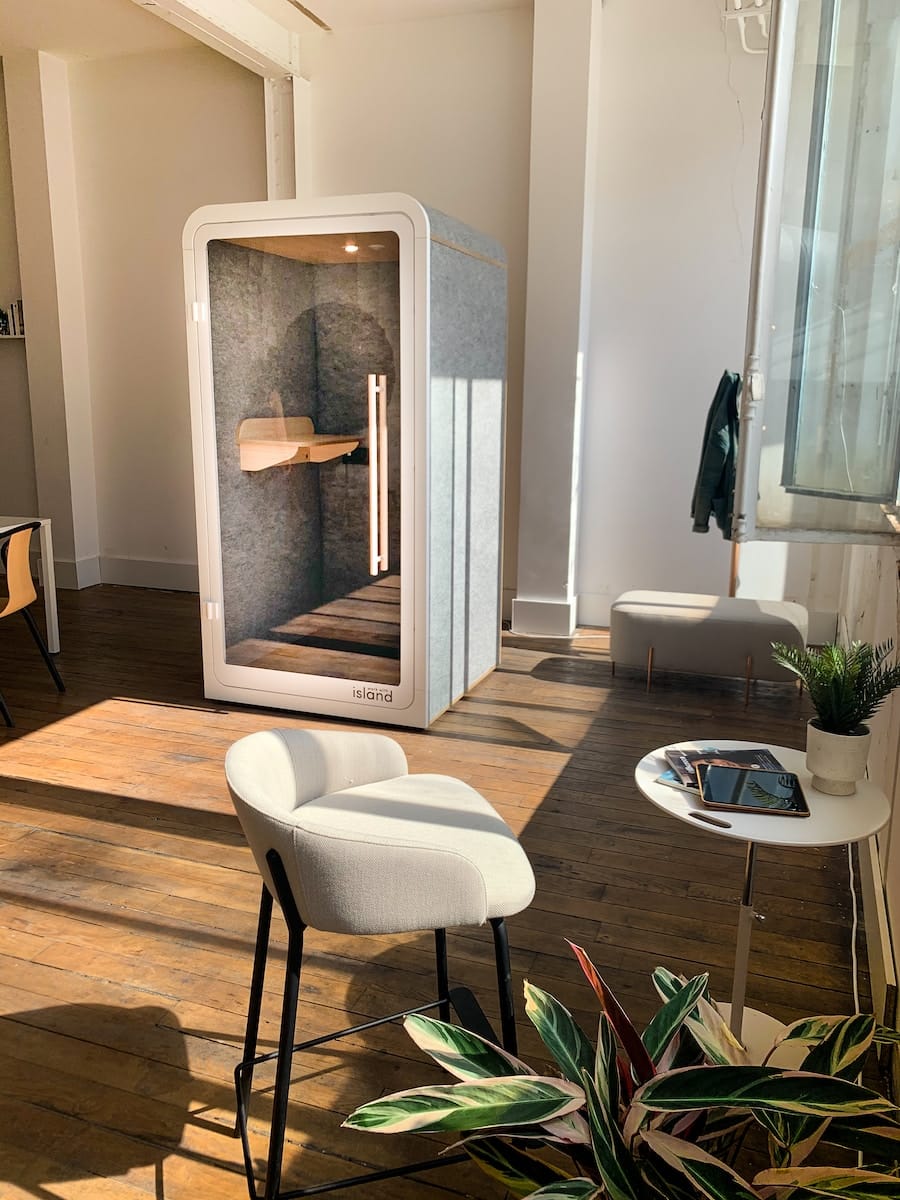How can you effectively soundproof a home office?

 |
November 27, 2023
|
November 27, 2023
In the current age, working from home has become increasingly common. The familiar sounds of a bustling office have been replaced by the noise of household appliances, barking dogs or playing children. While some people find this homey noise comforting, others may find it distracting. Soundproofing your home office can provide an effective solution to this problem. This article aims to provide comprehensive information on how you can make your workspace a haven of calm and productivity.
Identifying the Noise Sources
Before you embark on the journey of soundproofing your home office, it is essential to understand where the noise is coming from. Noise can be transmitted through the air or through the structure of your home. Examples of airborne noise include people talking or the sound of a television. Structural noise, commonly known as impact noise, includes sounds like footsteps or the slamming of a door.
Lire également : Aromatherapy for the home: creating a calming atmosphere
Identifying the sources of noise will help you decide the best soundproofing method. For instance, if the noise is coming from outside your home, you may need to focus on windows and doors. If it’s from within, your attention may need to be on walls, floors, and ceilings.
Choosing the Right Acoustic Materials
Choosing the right materials is crucial for effective soundproofing. These materials work by either blocking or absorbing the sound. Acoustic panels are one of the most common materials used for soundproofing. These panels contain dense and porous materials that absorb sound energy, reducing the overall noise level.
Cela peut vous intéresser : How to make a small room appear larger with decor?
Alternatively, soundproof insulation can be used inside walls, ceilings, and floors to block noise. This type of insulation is usually made of mineral wool or foam and is particularly effective against airborne noise.
Soundproofing the Walls
The walls of your room can act like a drum, amplifying any sound that hits them. Therefore, soundproofing your walls is a crucial step in creating a peaceful home office. Adding an extra layer of drywall with acoustic insulation in between can significantly reduce noise. Another effective method is to use soundproof panels or wallpaper.
However, it’s important to remember that sound can also leak through gaps and cracks in the walls. Therefore, sealing these gaps with acoustic sealant will also help to soundproof your home office.
Soundproofing the Ceiling and Floors
If you’re working in a multi-story house, you may be dealing with noise coming from above or below your home office. Soundproofing the ceiling and floors can help tackle this issue.
For the ceiling, you can use acoustic ceiling tiles or panels. These work by absorbing the sound that would otherwise bounce off the ceiling. For floors, consider using a thick carpet or rug. Not only will these help absorb sound, they will also reduce impact noise such as footsteps.
Soundproofing the Windows and Doors
Windows and doors are often the weakest points in a room when it comes to soundproofing. They tend to allow the most amount of noise to pass through. If you can, consider investing in double-glazed windows. These windows are designed with a gap between the glass that helps to insulate against sound.
For doors, consider using a solid core door as they offer better sound insulation than hollow core doors. Weatherstripping around the frame of the door can also help prevent noise leakage.
Creating a Quiet Working Environment
Beyond the physical structure of your home office, there are other things you can do to create a quiet working environment. For instance, consider using a white noise machine. These devices create a constant, soothing sound that can help mask disruptive noise. Another step could be to rearrange your office space, placing your desk away from sources of noise.
Remember, soundproofing your home office is not just about blocking out all noise. It’s about creating a space where you can work effectively and comfortably. Whether it’s through using acoustic materials or rearranging your workspace, the goal is to make your home office a place where you can focus and be productive.
This article, while comprehensive, does not cover every possible method of soundproofing. The best soundproofing methods will depend on the unique characteristics of your home and the specific noise issues you are facing. Professional advice may be beneficial in some cases. Nonetheless, this article provides a solid foundation for understanding and implementing soundproofing measures in your home office.
Using Acoustic Foam for Soundproofing
Acoustic foam, also known as sound absorbing foam, is another popular choice for soundproofing a home office. These foam panels work by minimizing the reflection of sound within a room. They function by converting sound energy into tiny amounts of heat, which then dissipitates, thereby reducing the amount of noise in a room.
It’s also worth noting that acoustic foam doesn’t just help with noise reduction. It can enhance the audio quality within your workspace. If your work involves video conferencing, podcasting, or recording, this could be an essential benefit.
Acoustic foam comes in various shapes and sizes, including egg crate, pyramid, and wedge styles. These different shapes affect the way sound waves are absorbed and diffused, so you can choose the one that best suits your needs. Moreover, they’re generally lightweight and easy to install, often requiring only adhesive or pins to attach to your walls or ceiling.
One thing to keep in mind, however, is that acoustic foam is not the best material for blocking sound from entering or leaving a room. It’s more suited for controlling echo and reverberation within a space. If you’re looking to block noise from getting into your office, you might want to consider other soundproofing options, such as acoustic panels or soundproof insulation.
Handling Air Vents and Other Openings
In your quest to soundproof your home office, you should not overlook openings like air vents, which can serve as channels for noise to travel. An air vent, for instance, can let in noise from other rooms, creating a disturbance in your working space.
One possible solution is to use a vent cover to block noise coming from your home’s HVAC system. These covers are typically made from sound absorbing materials and can significantly reduce noise transmission through your air vent.
Don’t forget to check for any gaps or cracks around your office’s doors and windows. Even a small opening can let in a significant amount of noise, so be sure to seal these with an acoustic sealant.
Conclusion: Achieving a Soundproof Home Office
Soundproofing a home office is not a one-size-fits-all task. The methods you’ll need to employ will depend on the exact nature of your noise problems. You might have to deal with airborne noise, such as the sound of a TV in a neighboring room, or structural noise, like the stomping of feet on the floor above. Consequently, you might have to use a range of soundproofing techniques, from adding an extra layer of drywall, using acoustic materials, or even rearranging your workspace.
Creating a peaceful working environment at home isn’t just about reducing noise. It’s about enhancing your productivity and comfort while working. Whether you’re an entrepreneur, a freelancing professional, or a remote employee, soundproofing can help make your home office a more effective place to work.
Remember, the aim is not to make your office completely silent but to manage and control the sound in your workspace. From using acoustic foam panels to covering air vents, there are numerous ways to reduce noise in your home office. You could also consider adding a white noise machine to help mask disruptive sounds. With these techniques, you can create a soundproof office that caters to your needs, helping you work home effectively.
This article serves as a starting point, but you may also want to seek professional advice, especially for more complex soundproofing projects. Ultimately, the goal is to create a quiet, comfortable workspace that supports your productivity and wellbeing, enhancing your experience of working from home.
